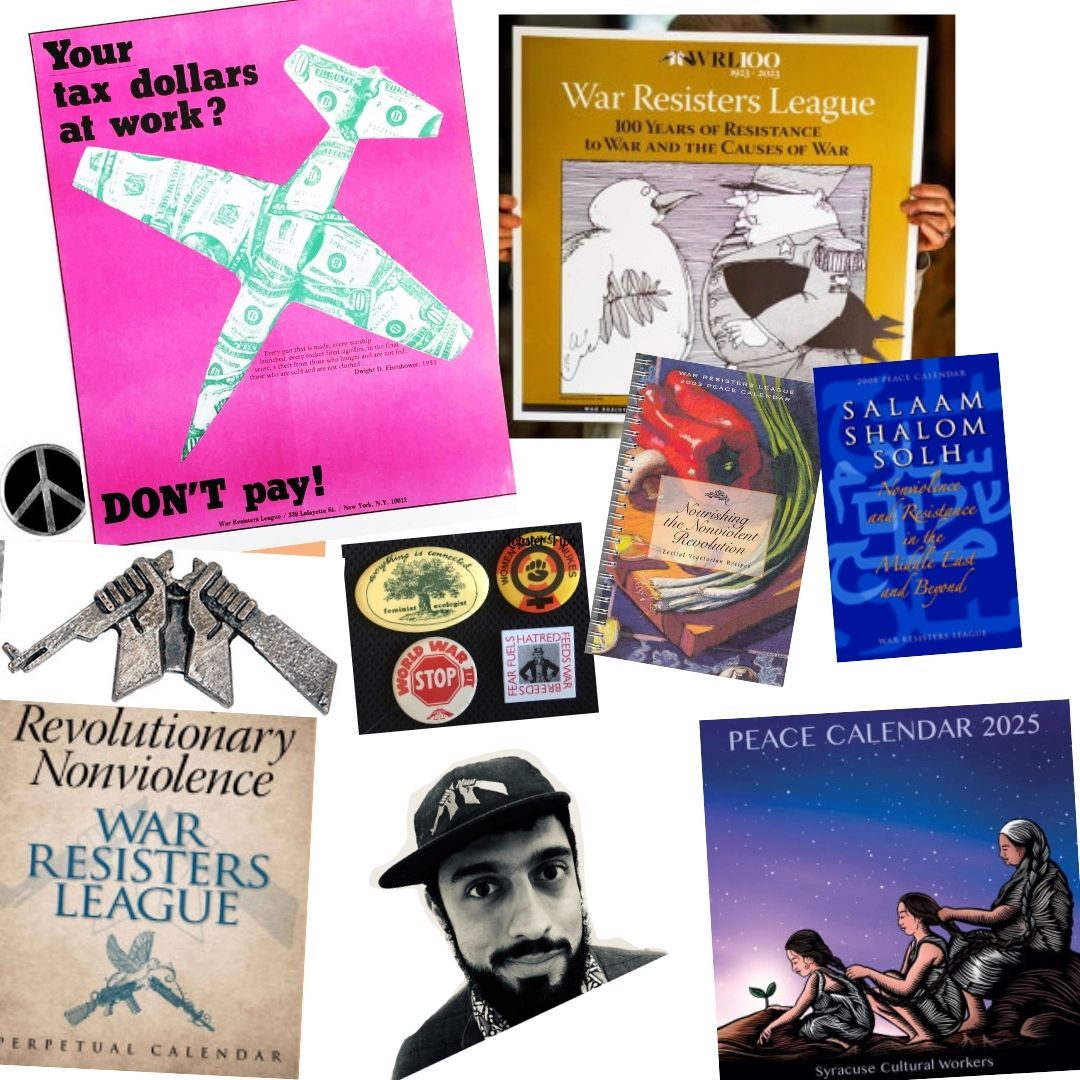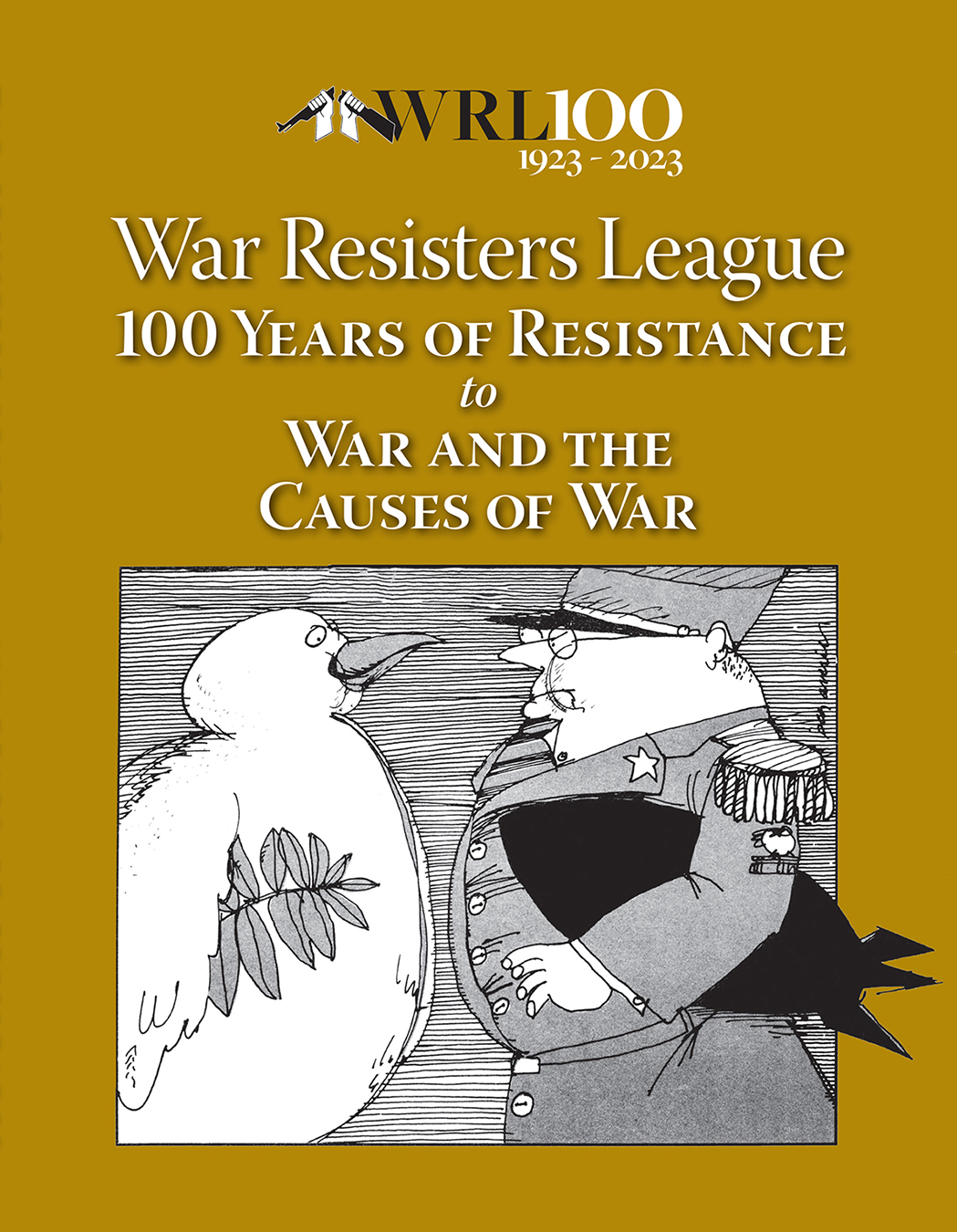Gandhi called for “complete Independence by truthful and nonviolent means.” He counseled that social change requires building the new society in the shell of the old, which he termed constructive program. The nonviolence movement in the West has not emphasized this goal for the most part. In the United States, we mostly focus on political action, in particular on protest and civil disobedience. We do little organizing around what Gandhi thought was one of the most powerful political actions: non-cooperation with power, “not against men but against measures.” “Nonviolence for Gandhi was more than just a technique of struggle or a strategy for resisting military aggression,” Robert Burrowes explains in his 1995 study, The Strategy of Nonviolent Defense: A Gandhian Approach. Rather, “it was intimately related to the wider struggle for social justice, economic selfreliance, and ecological harmony as well as the quest for self-realization.”
As Burrowes describes it: “For the individual, [constructive program] meant increased power-from-within through the development of personal identity, self-reliance, and fearlessness. For the community, it meant the creation of a new set of political, social, and economic relations.” In cases where political revolutions have taken place but the population was not organized to exercise self-determination, the creation of a new society has been extremely diffi cult, and the usurpation of power by a new dictatorship has too often been the result.
Gandhi posited three elements needed for social transformation: personal transformation, political action, and constructive program. He saw them as intertwined, all equally necessary to achieve social change.
Gandhi saw personal transformation as the beginning, with personal empowerment as the first step in the process. If we are working together and feel unempowered we won’t be able to do what we want. In addition, we need to understand the choices that we make.
The core elements of the constructive program that Gandhi saw as necessary for the transformation and liberation of India involved programs to embody equality, liberate education, promote economic self-reliance, and create a clean environment. Equality meant creating ashrams, political campaigns, and cooperative enterprises across social divides. They would cut through communal lines (Hindu/Muslim/Sikh, etc.), gender inequality, and caste distinctions—especially “untouchability,” and include members of the “hill tribes,” and people suffering from leprosy. Gandhi began education projects: literacy campaigns to promote basic reading and math skills, political education, knowledge about health, and nonviolence training for students. His economic self-reliance campaigns involved, most famously, spinning homemade cloth, which was done throughout India. A constructive program that was often done collectively, it was also a campaign of non-cooperation with Indians’ systematic dependency on the British for cloth. Economic self-reliance also involved the diversifi cation of crops, the creation of other village industries, and the development of labor unions. Environmental efforts focused on the whole community getting involved in village sanitation, which meant, for Hindus, overtly flouting caste norms.
The process of working on constructive program has fundamental benefi ts, the first of which is to provide immediate assistance to those in greatest need. As people come together in community, not individual, action, they build constituencies for social change. Gandhi saw constructive program as training for civil disobedience, which often included noncooperation. Constructive work provides opportunities to develop skills needed to build a new society.
Creating Our Constructive Program
Present-day US society is very different from India in the fi rst half of the 20th century, but the social, economic, and environmental problems we face today show striking similarities. While there are many projects that address multiple issues, a constructive program is a wholistic approach to “the development of new social structures that foster political participation, cultural diversity, economic self-reliance, and ecological resilience,” as Burrowes explains.
Constructive program is based on radical principles. It’s not about housing certifi cates to help the poor, which amount to a payoff to wealthy landlords; it’s about creating housing that is affordable to all. It’s not about dealing with the health-care problem with better insurance coverage, which continues the flow of profits to the drug industry, but about promoting real health for all.
Gandhi’s Constructive Program was rooted in the reality of the extreme poverty of India. While we certainly have poverty in the United States and a growing gap between the rich and the poor, most of us need to reduce our consumption. But this is not about using the spinning wheel or a small number of us choosing to live simply. Our challenge is to develop a society that does not consume more than its fair share of the earth’s resources, reducing our consumption of non-renewable energy, within a framework of self-reliance.
Common Vision
It is essential that there be a common vision and principles that link us together. But who should create the vision for a new society? What should the process be? It should not be top-down. While we might draw inspiration from Gandhi, we are not looking for a leader to lay out our constructive program. Some form of participatory process is important. Can a document such as the Earth Charter, a synthesis of values, principles, and aspirations created through an international consultation, serve as a framework for a present-day Constructive Program, with communities working on the projects they feel are most needed for them?
There are exciting examples of constructive programs in the United States: the growth of community land trusts, the development of worker-owned cooperatives, the creation and maintenance of battered women’s shelters and rape crisis centers, the amplified interest in alternative public schools, the blossoming of urban gardens, local food production without pesticides, the viral spread of free and open-source software and art, affordable renewable energy. Constructive program is more than constructing new things. Many aspects of Gandhi’s program focused on moving toward equality. For us that means serious anti-oppression work, as well as dealing with economic inequalities. Demanding the truth and removing the causes of war through other components of the constructive program would be a big step toward reducing violent confl icts.
Developing a constructive program can be the answer to the often asked questions, “but what are you for?” and “how can we be proactive rather than reactive?” It takes a sustained level of organizing to create a new society. We see from examples of local currency projects that many efforts fail due to lack of people power. Are we too comfortable to work for what we say we want? It is easier to protest the things we don’t like than to build the things we want.
At Operation Refuse War, a gathering of conscientious objectors and war resisters from around the world, co-organized by the War Resisters League and War Resisters’ International, I met some amazing young people from Colombia whose work put us to shame. Committed to nonviolence, they understand that many are lured into the military and paramilitary by economic needs, so they began local businesses to employ youth. They organize in the poorest areas, using music to engage youth in discussions about the military and a vision of an antimilitarist society. They are saying NO through the political action and YES through their constructive program.
Can we do that? And what if we don’t?





